Neuroscience and Neurological Diseases:
Unlocking the Mysteries of the Brain

As the nexus among health, behavior, and medicine, the brain is vital in extending human life and enhancing well-being. Intensive study of the cellular and molecular processes that control our thoughts and actions, combined with the use of animal models in neurological research, have produced key insights into how the brain works and the development and treatment of neurological disorders.
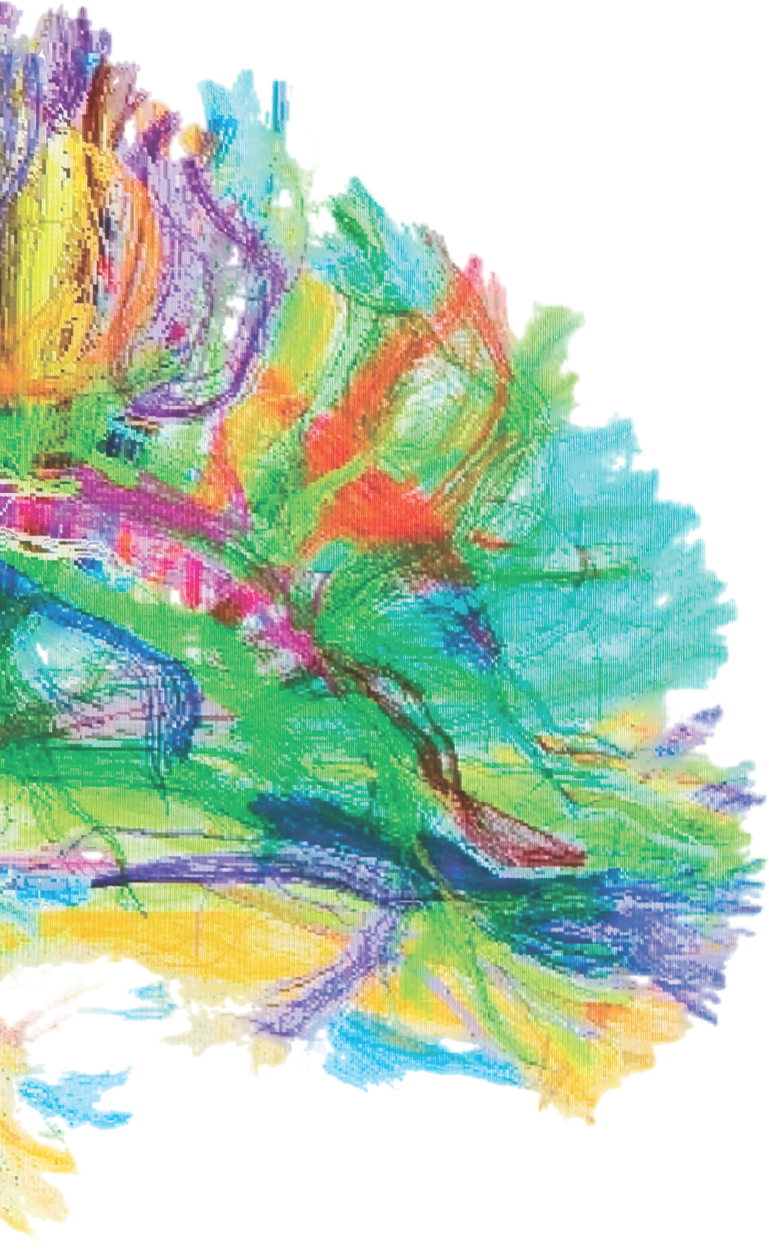
1970s
Treatment for Parkinson’s Disease
Although Parkinson’s disease was first described in medical literature in 1817, an effective treatment wasn’t available to most patients until the 1970s. Levodopa works by addressing dopamine deficits in the brain thought to be responsible for symptoms such as tremors and stiffness. In 1986, an effective surgical technique known as deep brain stimulation was introduced. In 1997, scientists discovered that a neuronal protein called alpha-synuclein plays both a genetic and neuropathological role in Parkinson’s disease, opening a path to new therapies.
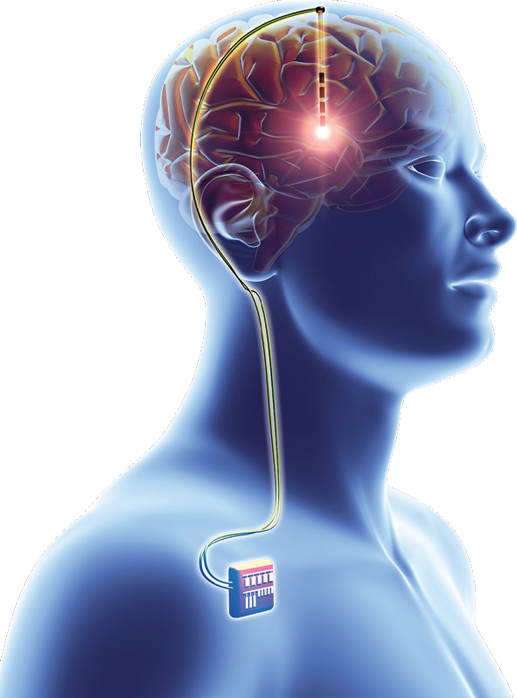
1971
A “GPS” in the Brain
Humans and other mammals can orient themselves in space and remember the route from one place to another thanks to a positioning system in the brain. Nerve cells known as “place cells,” discovered in 1971, form a mental map of a person’s surroundings, while “grid cells,” not discovered until 2005, act as a coordinate system that enables precise positioning and pathfinding.
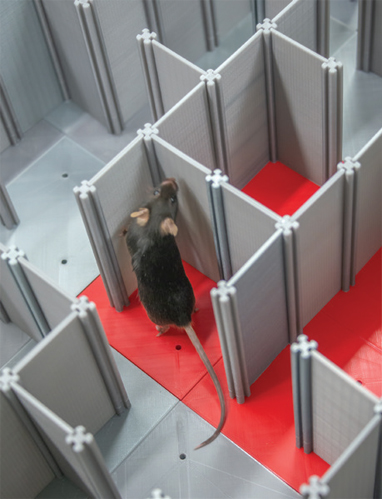
1971
Role of the Brain in Hormone Regulation
In 1971, scientists synthesized luteinizing hormone-releasing hormone, a compound produced by the hypothalamus to regulate the pituitary gland’s secretion of certain reproductive hormones. Culminating decades of research to understand the relationship between the nervous and endocrine systems, the achievement led to new treatments for infertility and hormone-sensitive cancers.
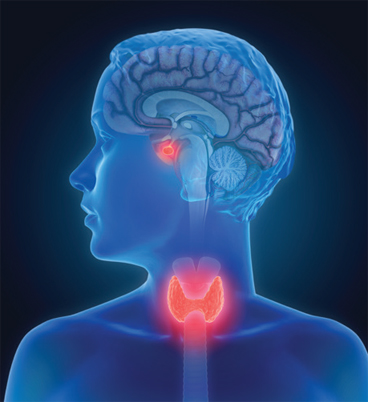
1973
Discovery of Opioid Receptors in the Brain
Opiates have been used to dull pain for thousands of years, but scientists didn’t understand how drugs like morphine and heroin affected the brain until 1973. This breakthrough led to the discovery of endorphins and other naturally occurring opiate-like molecules, which dramatically advanced understanding and treatment of pain and substance use disorders.
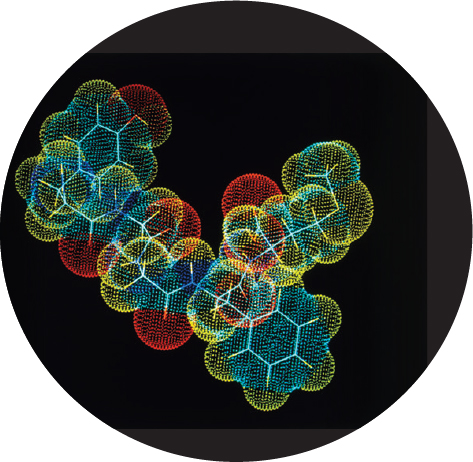
1980s
Understanding Alzheimer’s Disease
Within the brains of individuals with Alzheimer’s disease, proteins responsible for the formation of plaques were discovered in the 1980s, followed shortly by the identification of genes associated with inherited and idiopathic forms of the disease. Cognex, the first drug to treat the memory loss and dementia associated with Alzheimer’s, reached the market in 1993—a year before President Ronald Reagan announced his own Alzheimer’s diagnosis. By 2010, Alzheimer’s had become the sixth leading cause of death in the United States, and prevention and treatment remain urgent areas of research.
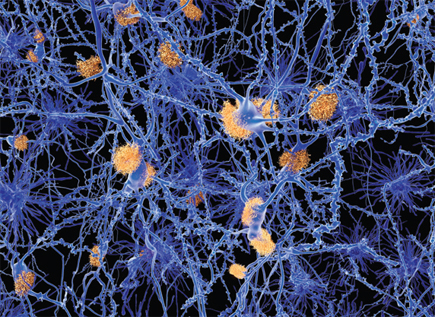

1991
Mapping the Olfactory System
The human brain can recognize about 10,000 different odors. In 1991, scientists discovered that about 3 percent of the human genome is dedicated to maintaining this complex sense of smell. About 1,000 genes determine the makeup of highly specialized olfactory receptors located on cells in the nasal cavity, which in turn send signals to the olfactory center of the brain.

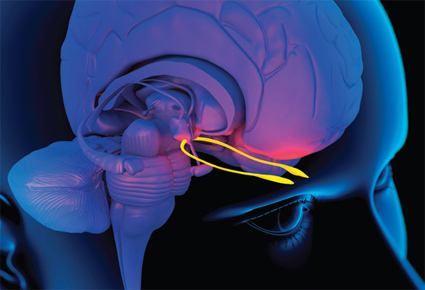
1990s
Navigating Neuroplasticity
For many years, scientists believed that brain plasticity—the ability to change and adapt—was limited to early childhood. However, beginning in the 1990s, research began to demonstrate that the brain is capable of remodeling itself at any age, although at a more limited scale and pace. Principles of neuroplasticity have informed treatment for brain injury and a range of neurological disorders. More recently, scientists have learned about processes that inhibit plasticity, including the role of glial cells in “synaptic pruning” and the accumulation of proteins that affect the brain’s receptors.
1993
Diagnosing Huntington’s Disease
In 1993, scientists succeeded in isolating and sequencing HTT, the gene that causes Huntington’s disease—an autosomal-dominant, fatal neurodegenerative disorder. A simple blood test can now determine the presence of HTT, allowing those with the gene to make informed decisions about family planning.
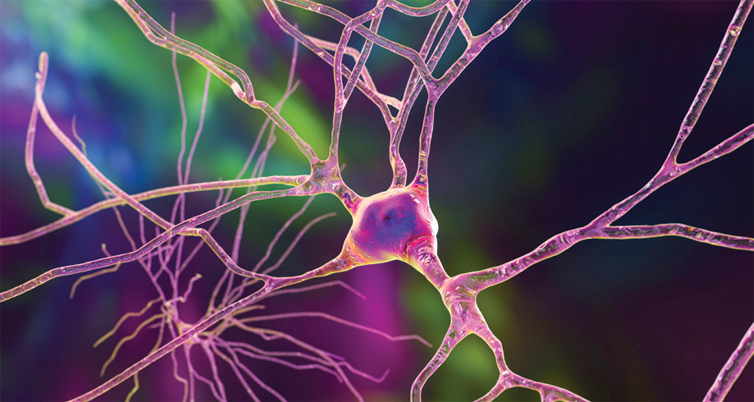
2019
Gene Therapy for Infants
The most common cause of inherited infant mortality, spinal muscular atrophy usually results from a missing or mutated form of the survival motor neuron 1 gene. Children with this condition suffer from debilitating and often fatal muscle weakness and have problems holding their head up, swallowing, and breathing. In 2019, the U.S. Food and Drug Administration approved a gene replacement therapy involving a one-time intravenous injection that replaces the defective or missing gene with a working copy that increases motor neuron function, decreases the need for respiratory support, and increases the likelihood of survival.
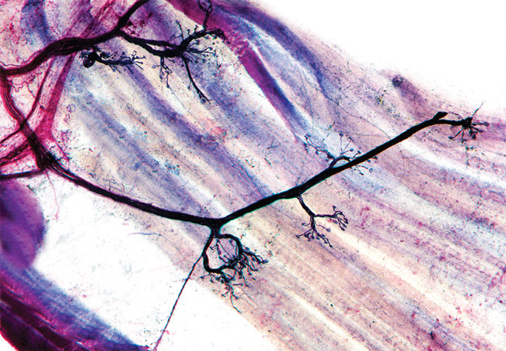

2019
Three-Dimensional Mapping of the Brain
In 2019, a map of neural connections in the brain of the microscopic worm C. elegans was published—the first complete “connectome” of a multicellular animal. Partial connectomes of a mouse and fruit fly followed months later, marking a significant step forward in visualization of brain processing. These and future connectomes may yield important insights into brain diseases like Alzheimer’s and schizophrenia.
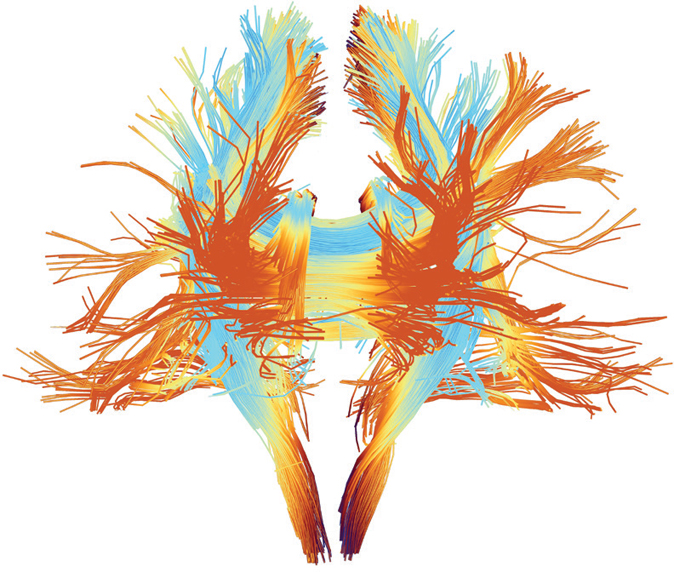
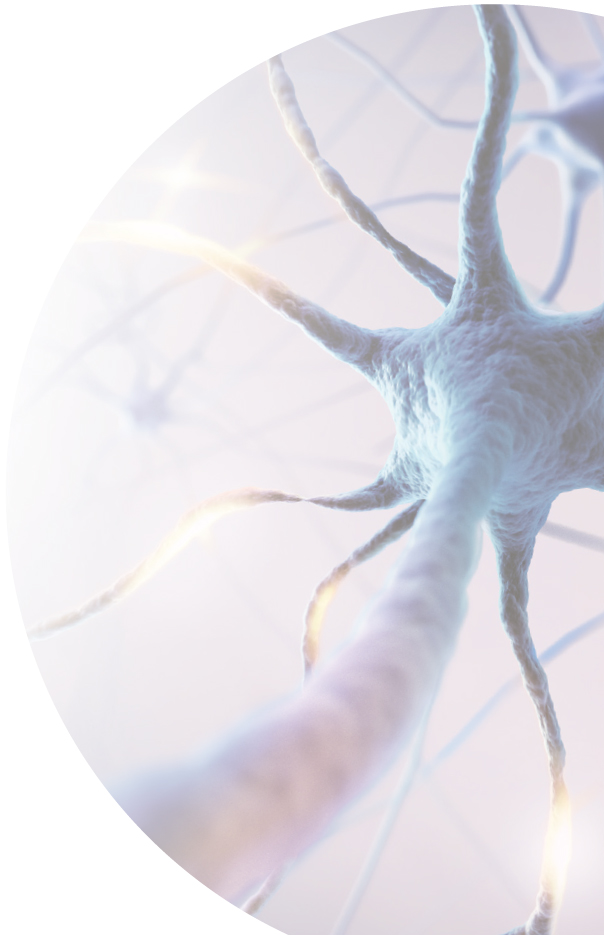
To reduce the ravages of neurological diseases, much still needs to be learned about how disease and age alter the structure and function of the brain. New knowledge could inaugurate an era of “neurotherapeutics” in which gene therapies, pharmaceuticals, and brain–computer interfaces can address a wide variety of neurological conditions.




